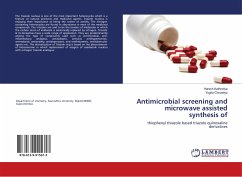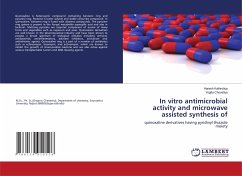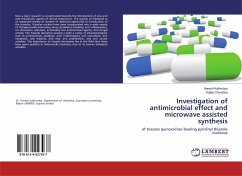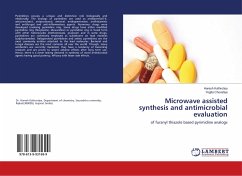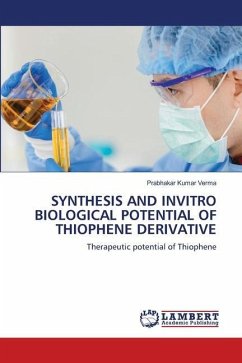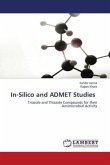Heterocyclic compounds represent an important class of biological active molecules. Specifically those containing quinoxaline derivatives have evoked considerable attention in recent years as these are endowed. Quinoxalines are a versatile class of nitrogen containing heterocyclic compounds and they constitute useful intermediates in organic synthesis. Quinoxaline, also called a benzopyrazine, in organic chemistry, is a heterocyclic compound containing a ring complex made up of a benzene ring and a pyrazine ring and they are isomeric with cinnolenes, phthalazines and quinazolines. There are a number of processes available to generate quinoxaline but generally, they are synthesized by the condensation of 1, 2-dicarbonyls with 1,2 diamines in presence of suitable catalyst using various solvent systems. They possess well known biological activities including AMPA/GlyN receptor antagonis, antihistaminic agents, anti-trypanosomal activity, anti-herps, antiplasmodial activity, Ca uptake/ Release inhibitor, inhibit vascular smooth muscle cell proliferation.


